By Christopher Miskimon
A horrible siege on the Eastern Front occurred at the outset of 1915. The city of Przemysl in southeastern Poland belonged to Austria Hungary. In the decades leading up to World War I, the soldiers of the Austro-Hungarian Empire fortified the city against the possibility of war with Russia. They planned to garrison it with at least 85,000 troops. As war loomed, it was selected as headquarters for operations to be conducted farther east. The soldiers dug miles of new trenches and laid barbed wire to increase its defensive strength.
Unfortunately for Austria Hungary, a string of defeats in 1914 forced its armies to retreat from their frontier with the Russians close on their heels. The Russians encircled the city by the end of September. The Russians trapped 131,000 Austro-Hungarian soldiers and civilians inside the Galician city. The soldiers of Czar Nicholas II expected a quick victory. One general did not believe that a prolonged artillery bombardment would be necessary to force the Austro-Hungarians to surrender. He was wrong. Przemysl proved a difficult objective. Russian attacks temporarily seized some ground, but at the cost of tens of thousands of casualties. An Austro-Hungarian relief army arrived, and it counterattacked the Russians. The relieving troops restocked their supplies of ammunition and food from the city stores and pursued the retreating Russians.
Before long, the see-saw war on the Eastern Front pushed the Austro-Hungarians back again, and the Russians were once more at the city gates. This time, Przemysl, which had been denuded of supplies, came under sustained attack. By late December, those inside the city began slaughtering horses to feed the hungry. A cruel joke began to circulate: What was the difference between the soldiers of Troy and Przemysl? In Troy, the soldiers were in a horse’s belly; in Przemysl, the horses were in the soldiers’ bellies.
The city’s military leaders, who hoarded supplies for themselves, determined they could hold out until March if they killed more horses. Relief attempts were organized, but it was taking time to raise and train new troops. The half-trained levies succeeded in battering themselves against the Russian lines, leaving the city isolated and starving. By the end of February 1915 the last relief attempt had been driven away. During the second week of March the Russians began to overrun the defenses. Time had run out for Przemysl.
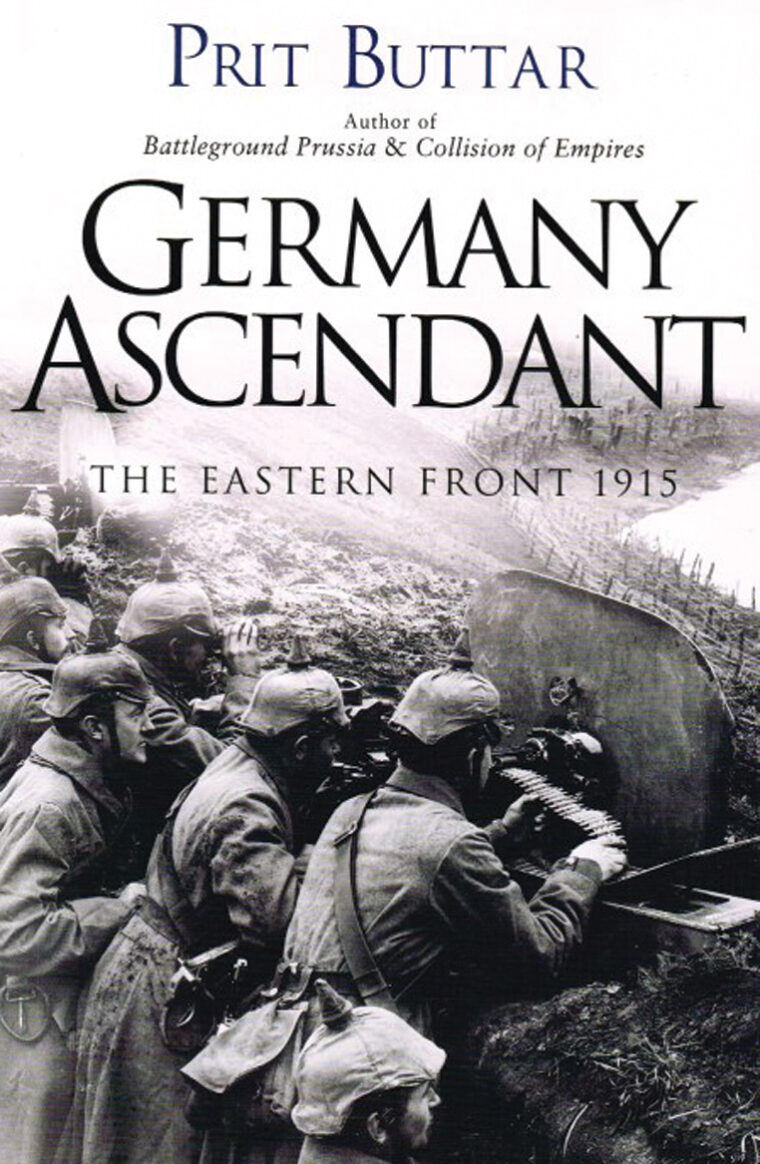 A breakout attempt failed, so the remaining Austro-Hungarian leadership ordered the city stripped of its remaining supplies before surrendering to the Russians. The surrender of Przemysl was a military disaster for Austria Hungary. Approximately 117,000 soldiers, including nine generals, went into captivity. No one predicted that fighting around the city could be so costly. The loss of morale also affected the struggling empire. The Russian losses, which totaled more than 100,000, also were heavy. Ironically, the Russians would in turn lose the city again just a few months later.
A breakout attempt failed, so the remaining Austro-Hungarian leadership ordered the city stripped of its remaining supplies before surrendering to the Russians. The surrender of Przemysl was a military disaster for Austria Hungary. Approximately 117,000 soldiers, including nine generals, went into captivity. No one predicted that fighting around the city could be so costly. The loss of morale also affected the struggling empire. The Russian losses, which totaled more than 100,000, also were heavy. Ironically, the Russians would in turn lose the city again just a few months later.
This was both the blessing and curse of the Eastern Front during World War I. Too vast for the digging of long trench networks as in the Western Front, troops in the east were free to maneuver. At the same time, that very vastness made it hard to strike a decisive blow and to supply the far-flung armies. It was a complex situation for which neither side was truly prepared. The story of how Russia and the Central Powers struggled to gain the advantage is little known outside Eastern Europe, but Prit Buttar’s new book Germany Ascendant: The Eastern Front 1915 (Osprey Publishing, Oxford UK, 2015, 448 pp., maps, photographs, notes, index, $29.95, hardcover) sheds light on this subject with great detail.
Buttar does an excellent job revealing the struggles of both soldiers and civilians along with the efforts of national leaders to provide for them and continue the struggle. His narrative includes pogroms against the Jews, supply challenges, as well as the difficulty of supplying troops, particularly on the Russian side. Austria Hungary had many troubles of its own, and it needed frequent assistance from Germany.
This new work is the second in a four-volume history the author is writing on the Eastern Front in World War I. The series is intended to be a definitive set on this part of the war for Western readers. The first volume was reviewed in this column in May 2015, and this second book continues with the value set by its predecessor. The author pulls from numerous sources in many different languages to give the reader an easy-to-follow narrative that provides a good overview of the Eastern Front. This is among one of the better works on the conflict published during the centennial of one of the world’s most destructive conflicts.
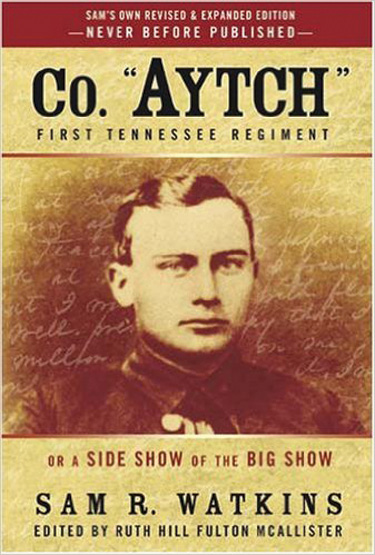 Co. “Aytch”: The First Tennessee Regiment, or a Sideshow of the Big Show (Sam Watkins, Zenith Press, Minneapolis, MN, 2015, 256 pp., maps, illustrations, index, $35.00, hardcover)
Co. “Aytch”: The First Tennessee Regiment, or a Sideshow of the Big Show (Sam Watkins, Zenith Press, Minneapolis, MN, 2015, 256 pp., maps, illustrations, index, $35.00, hardcover)
Sam Watkins was a Confederate soldier during the American Civil War. His unit was Company H of the 1st Tennessee Regiment, colloquially known as Co. “Aytch.” He served throughout the conflict, and by the war’s end in 1865 he was one of only eight men left of the original 120 in his company. Watkins estimated that at least 3,200 men went through his regiment over the course of the conflict. The company’s official strength was set at 1,250. When the unit surrendered, only 65 soldiers of that 3,200 remained to receive parole and go home. Watkins fought in 20 battles, including Murfreesboro, Chickamauga, Missionary Ridge and Jonesboro. The young soldier was wounded three times during the war.
Watkins returned home after the war and many years later he wrote his account of it. His account originally was published as a serial in a newspaper during 1881-1882. Immediately afterward, his accounts were collected into a book which, at the time, was a bestseller. It is still considered by many to be among the best of the Civil War memoirs.
This new edition of Watkins’ writings comes in a sharp new format as a coffee table book full of illustrations and maps. Essays are contributed by leading Civil War authorities, such as Bruce Catton, Doris Kearns Goodwin, James McPherson, and Allan Nevins. Period photographs, paintings, and reenactor photos are all used cleverly to give visual impressions of the text. This is a fresh, unusual way to present a soldier’s memoirs, and it really adds life to the story of Sam Watkins.
 The Battle of Lake Champlain: A “Brilliant and Extraordinary Victory” (John H. Schroeder, University of Oklahoma Press, Norman, 2015, 164 pp., maps, illustrations, notes, bibliography, index, $26.95, hardcover)
The Battle of Lake Champlain: A “Brilliant and Extraordinary Victory” (John H. Schroeder, University of Oklahoma Press, Norman, 2015, 164 pp., maps, illustrations, notes, bibliography, index, $26.95, hardcover)
The War of 1812 is famous for a number of American naval victories over the nominally superior British Royal Navy. Many of these were ship-to-ship duels at sea. But just as significant were the battles on the various lakes that dotted the area along the Canadian border. On September 11, 1814, a British force on Lake Champlain, taking part in the British invasion of the Champlain Valley, was decisively defeated by an American squadron led by Master Comdt. Thomas MacDonough. The victory effectively ended the invasion and affected the war situation not only in North America but also in England and Belgium, where peace talks were taking place.
The author argues that the war was won on the lake rather than at New Orleans four months later, after the peace treaty was already signed. To make his point, he weighs how each side’s leaders planned their actions and later fought the engagement. The battle was replete with examples of bravery, cowardice and, at times, simple luck. The result of the engagement led the British to moderate their demands during subsequent peace talks.
 Civil War Special Forces: The Elite and Distinct Fighting Units of the Union and Confederate Armies (Robert F. Broadwater, Praeger Books, Santa Barbara, CA, 2015, 285 pp., illustrations, notes, bibliography, index, $48.00, hardcover)
Civil War Special Forces: The Elite and Distinct Fighting Units of the Union and Confederate Armies (Robert F. Broadwater, Praeger Books, Santa Barbara, CA, 2015, 285 pp., illustrations, notes, bibliography, index, $48.00, hardcover)
Although Special Forces units in the modern sense did not come into existence until World War II, specialized and elite groups have existed throughout history. During the American Civil War the need for such formations to fulfill unique roles in a war that ranged across a continent was great. What most often comes to mind are the cavalry units that rode behind the lines and across Border States sowing destruction. There were many others, however.
Snipers and sharpshooters, sappers, Marines, submariners, and Native American scouts and light troops—all these exceptional soldiers had a niche in the prosecution of the war. There also were new types of professionals who brought new technologies to the battlefield. The signal corps, balloon corps, chemical corps, and ironclad crewmen all carried out new dimensions of warfare.
All these types of units and more are covered, each in their own chapter, in this new work. The author explains how each force, with its sometimes unique weapons, fought the war in its own way. Each essay is concise and easy to read in one sitting yet impressively informative. It is hard to find books on the Civil War that are not just going over well-worn subjects. This one is a welcome exception.
 Before Jutland: The Naval War in Northern European Waters August 1914-February 1915 (James Goldrick, Naval Institute Press, Annapolis, MD, 2015, 400 pp., maps, photographs, notes, bibliography, index, $44.95, hardcover)
Before Jutland: The Naval War in Northern European Waters August 1914-February 1915 (James Goldrick, Naval Institute Press, Annapolis, MD, 2015, 400 pp., maps, photographs, notes, bibliography, index, $44.95, hardcover)
World War I was a naval conflict as well as a land war. In the first seven months of the Great War, the German Navy essentially had to fight on two fronts. The British Royal Navy awaited in the North Sea for the Germans to come out and fight. Meanwhile, the Russian Navy was a threat in the Baltic Sea. All three fleets went to war with preconceived plans and ideas of how the war would be prosecuted. Each had to evolve to meet the demands of a modern mechanized conflict with new weapons.
This book is a revised edition of the author’s 1984 work, The King’s Ships Were at Sea. It benefits from extensive new research and reappraisals of existing resources using new methods. German and Russian sources are used liberally alongside the English ones. The result is a complete retelling of the war at sea at the beginning of the Great War.
 Napoleon: Soldier of Destiny (Michael Broers, Pegasus Books, New York, 2015, 608 pp., illustrations, notes, index, $35.00, hardcover)
Napoleon: Soldier of Destiny (Michael Broers, Pegasus Books, New York, 2015, 608 pp., illustrations, notes, index, $35.00, hardcover)
Napoleon Bonaparte is widely recognized as one of history’s great military leaders. Born on the island of Corsica, he became a soldier and an artillerist during a tumultuous time in French history. Using his wits, skill, and cunning, he rose from relative obscurity to become the effective master of Europe by 1807. He led his armies to one victory after another, becoming the scourge of the Continent and forcing nations with disparate interests to unite against him.
The new biography is the first volume of a two-book set; book two is scheduled for 2017. What sets this book apart is the author’s full use of the newly released personal correspondence of Napoleon himself, recently compiled and published by the Napoleon Foundation, based in Paris. The writer’s analysis of the great man and his decisions is interesting and insightful. The central driving force of the Napoleonic Wars, the conflict between France and England, is given extensive and careful attention. The scope of this book is as wide as the events it chronicles.
 Tommy’s War: The Western Front in Soldiers’ Words and Photographs (Richard Van Emden, Bloomsbury Press, London, 2014, 375 pp., photographs, bibliography, index, $45.00, hardcover)
Tommy’s War: The Western Front in Soldiers’ Words and Photographs (Richard Van Emden, Bloomsbury Press, London, 2014, 375 pp., photographs, bibliography, index, $45.00, hardcover)
World War I went on for four long years. It was more than just the famous battles, such as the Somme, Ypres, and the Marne. The terrible attrition of these engagements took a horrible toll on the frontline soldiers both mental and physical. To cope with the extreme stress of their situation, average British soldiers used various methods. Perhaps chief among these was humor. As a coping mechanism, humor has few equals, even the sometimes dark and grim humor of the battlefield. Scrounging and scavenging little luxuries are often mentioned in diaries and journals. Many soldiers took small cameras to document their experiences; the tiny Vest Pocket Kodak was particularly popular. These aspiring photographers soon found their devices banned and confiscated due to security concerns. Soldiers tend to be resourceful, however, and many found ways to surreptitiously take pictures.
Combining a wide array of soldiers’ journals and photographs, this detailed work focuses on the day-to-day life of the English fighting man. The pictures, often taken on tiny cameras, can be rough but this only adds to the total feel of the book. These are images created on the spot by men who were part of the event; photos of everything from the Christmas Truce to a haunting view of Vimy Ridge soon after the war ended are included in this fascinating look at the Tommy’s experience.
 Hunters and Killers, Volume 1: Anti-Submarine Warfare from 1776 to 1943 (Norman Polmar and Edward Whitman, Naval Institute Press, Annapolis, MD, 2015, 224 pp., maps, photographs, appendix, notes, bibliography, index, $44.95, hardcover)
Hunters and Killers, Volume 1: Anti-Submarine Warfare from 1776 to 1943 (Norman Polmar and Edward Whitman, Naval Institute Press, Annapolis, MD, 2015, 224 pp., maps, photographs, appendix, notes, bibliography, index, $44.95, hardcover)
The submarine is a fearsomely effective weapon. Like any new development, its early days were difficult and results were mixed, but over time technological progress and experience helped it evolve into a vessel able to strike fear into the hearts of both merchant and fighting sailors. By World War I, the submarine was able to threaten the warships and commerce of enemy nations, endangering their ability to continue fighting.
Countering this threat began very quickly and has continued to evolve to the present day. Convoy systems, sonar, specialized antisubmarine ships, and aircraft have all contributed to the body of knowledge and weaponry poised to fend off the undersea killer. Perhaps most important have been advances in intelligence gathering and codebreaking that have allowed navies to predict where the enemy will appear and mass firepower against them.
The story of antisubmarine warfare is one of innovation, flexibility, and determination. This book brings those qualities to light in a well-organized, easy-to-read way. The story of developing technology, not all of which was successful, is told alongside the gripping stories of individual submarines and their crews, making it simple for the reader to understand how the combination of science and seamanship has defined both the submarine as a weapon and the men who have fought in and against them. This volume takes the reader through the mid-point of the Battle of the Atlantic in 1943; a second upcoming book will complete the story.
Short Bursts
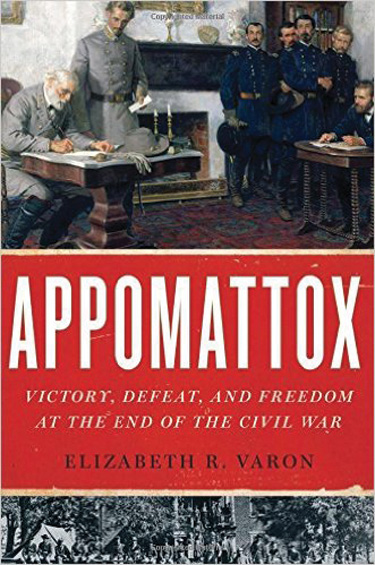 Appomattox: Victory, Defeat and Freedom at the End of the Civil War (Elizabeth R. Varon, Oxford University Press, 2015, $19.95, softcover) A close look at the end of the Civil War. The author argues it was the beginning of a long period of postwar struggle.
Appomattox: Victory, Defeat and Freedom at the End of the Civil War (Elizabeth R. Varon, Oxford University Press, 2015, $19.95, softcover) A close look at the end of the Civil War. The author argues it was the beginning of a long period of postwar struggle.
No Substitute for Victory: Successful American Military Strategies from the Revolutionary War to the Present Day (David Rigby, Carrel Booaks, 2014, $40.00, hardcover) Using examples from throughout American history, the author reveals the techniques that enabled American success.
Waterloo 1815 (3): Mont St Jean and Wavre (John Franklin, Osprey Publishing, 2015, $21.95, softcover) This is the third installment of a series covering the climactic battle of the Napoleonic Wars. The book is well-illustrated and detailed.
The End of Tsarist Russia: WWI & Revolution (Dominic Lieven, Viking Press, 2015, $35.00, hardcover) The book provides a history of World War I from a Russian perspective. It links events in Russia to the wider scope of the war and 20th century.
Embattled Rebel: Jefferson Davis as Commander in Chief (James M. McPherson, Penguin Press, 2015, $32.95, hardcover) The author studies Confederate President Jefferson Davis’ performance as a military leader and as president of a new and struggling nation.
Predator: The Secret Origins of the Drone Revolution (Richard Whittle, Henry Holt Books, 2014, $30.00, hardcover) This work explores the development of unmanned aircraft. A disparate group of scientists and airmen pushed the idea through despite heavy opposition.
 Dead Men Risen: An Epic Story of War and Heroism in Afghanistan (Toby Harnden, Regnery History, 2015, $32.99, hardcover) This is the story of a British task force fighting in Helmand Province. They went through some of the harshest combat British troops have seen in a generation.
Dead Men Risen: An Epic Story of War and Heroism in Afghanistan (Toby Harnden, Regnery History, 2015, $32.99, hardcover) This is the story of a British task force fighting in Helmand Province. They went through some of the harshest combat British troops have seen in a generation.
The President’s War: Six American Presidents and the Civil War That Divided Them (Chris DeRose, Lyons Press, 2014, $28.95, hardcover) U.S. President Abraham Lincoln dealt not only with the war crisis, but also with five former presidents, each with their own agendas.
American Reckoning: The Vietnam War and Our National Identity (Christian Appy, Viking Press, 2015, $28.95, hardcover) A study of how the Vietnam War affected America’s domestic situation and how American self-perception changed.
Where Youth and Laughter Go: With the “Cutting Edge” in Afghanistan (Seth Folsom, Naval Institute Press, 2015, $34.95, hardcover) The story of a Marine Battalion at war in the volatile Sangin District. The unit’s former commander wrote the book.
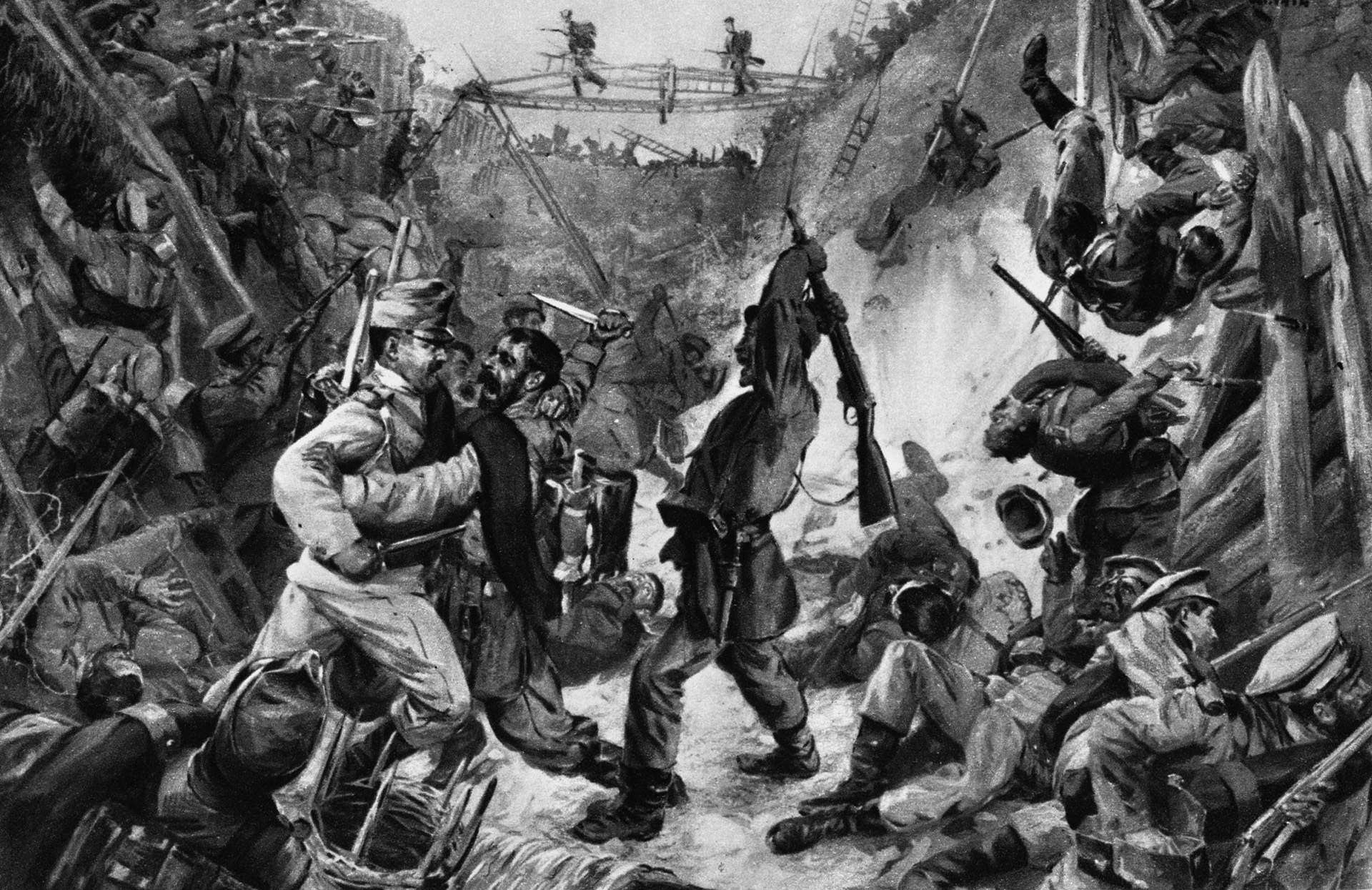
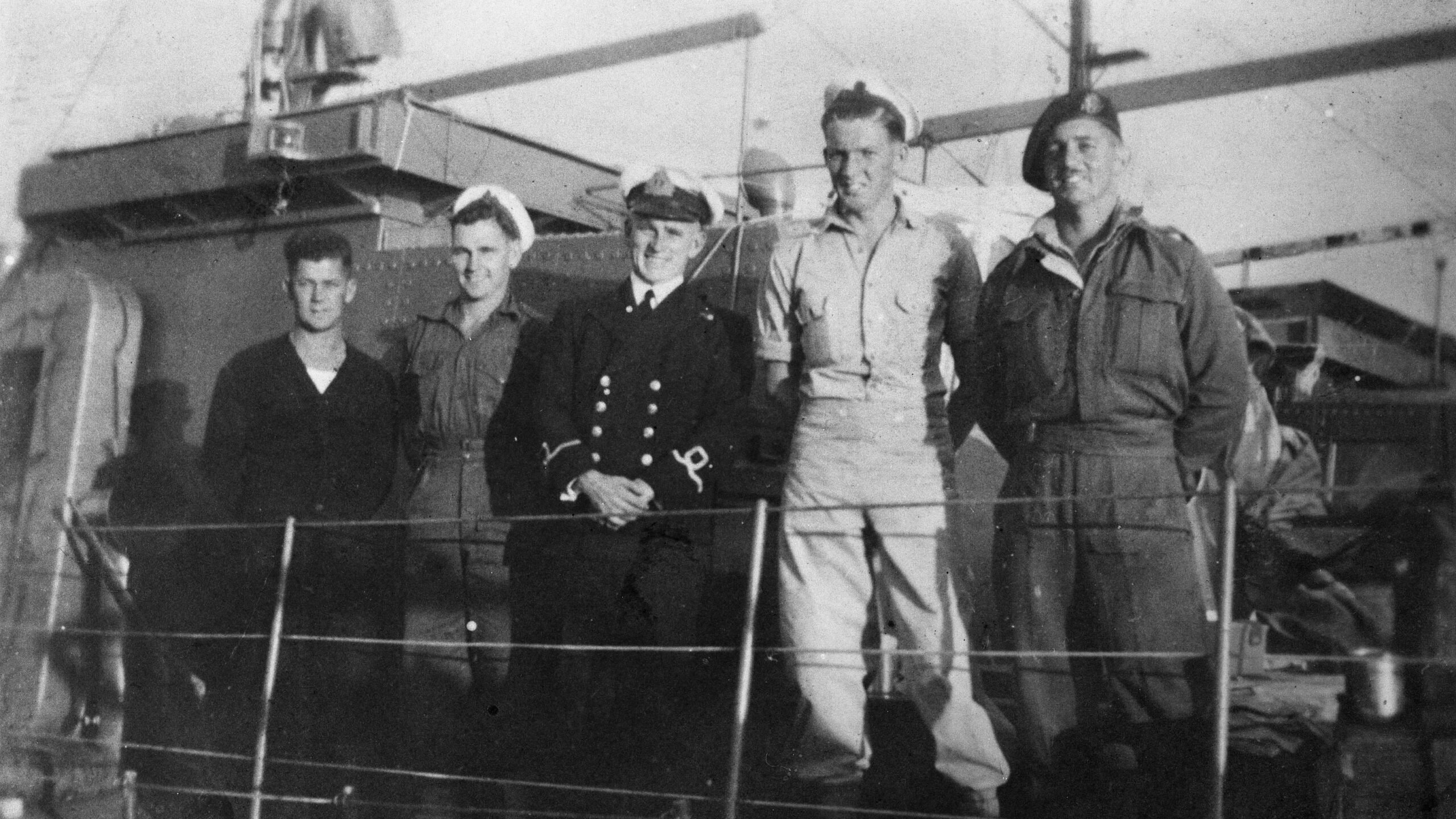
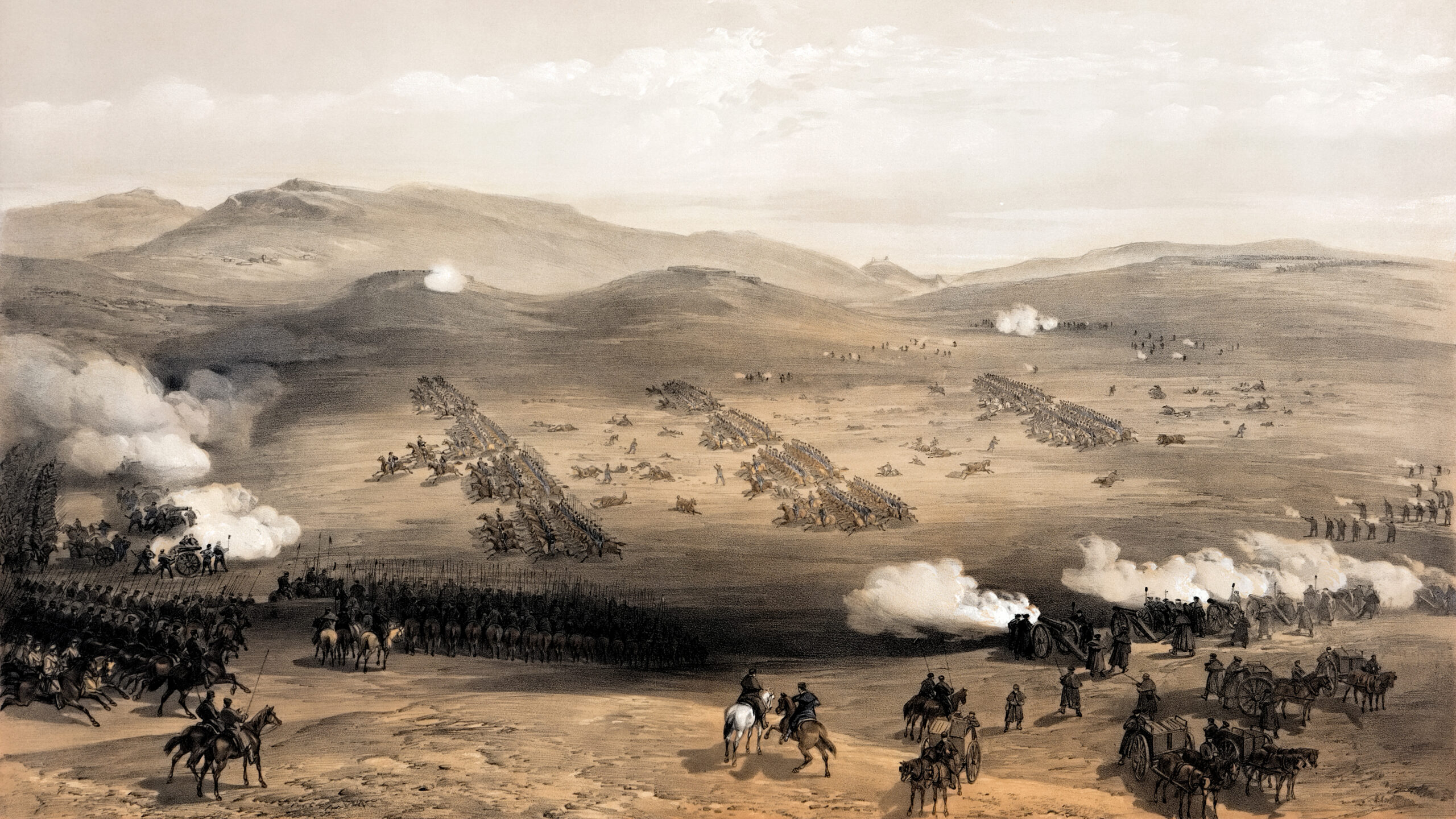
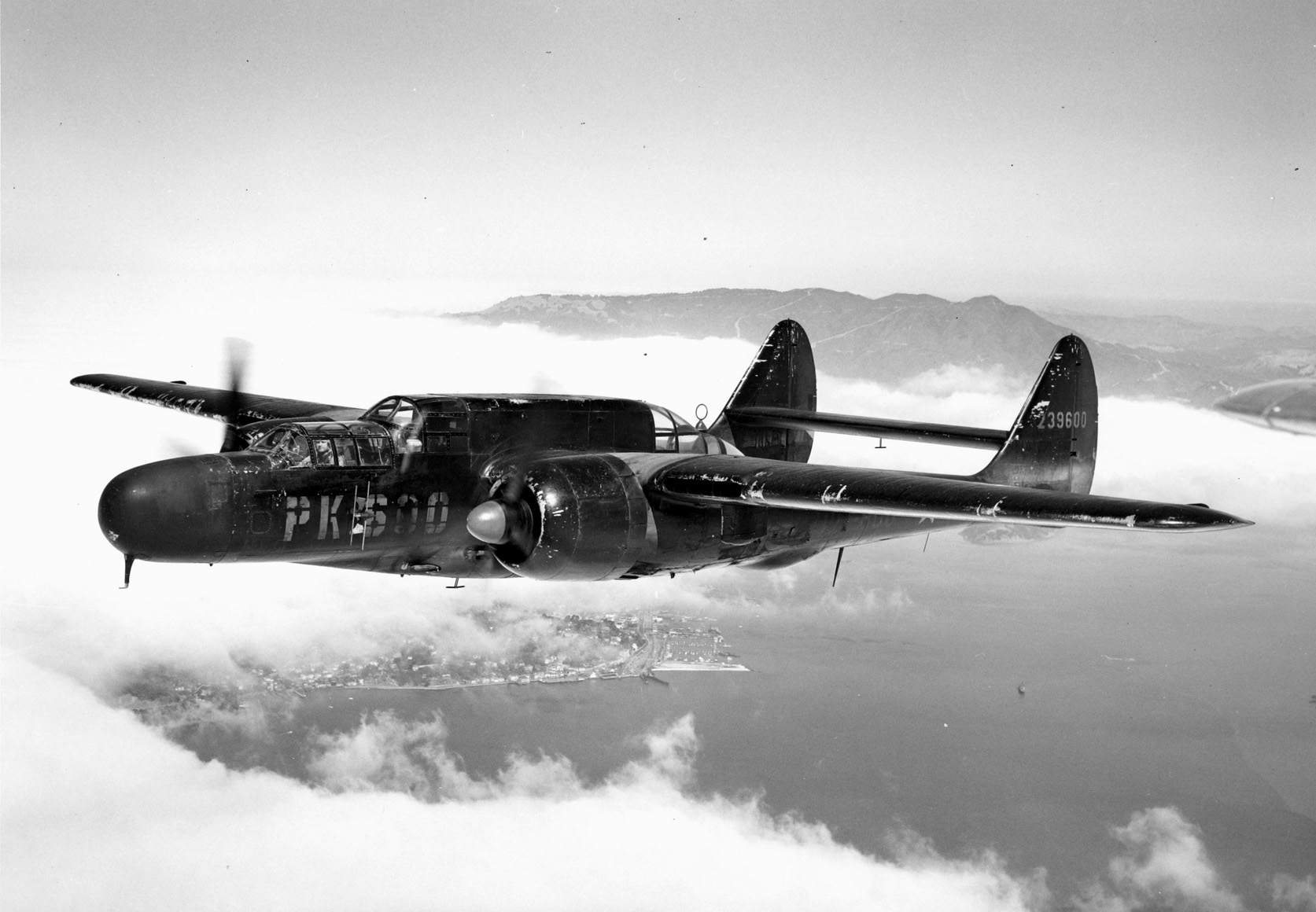
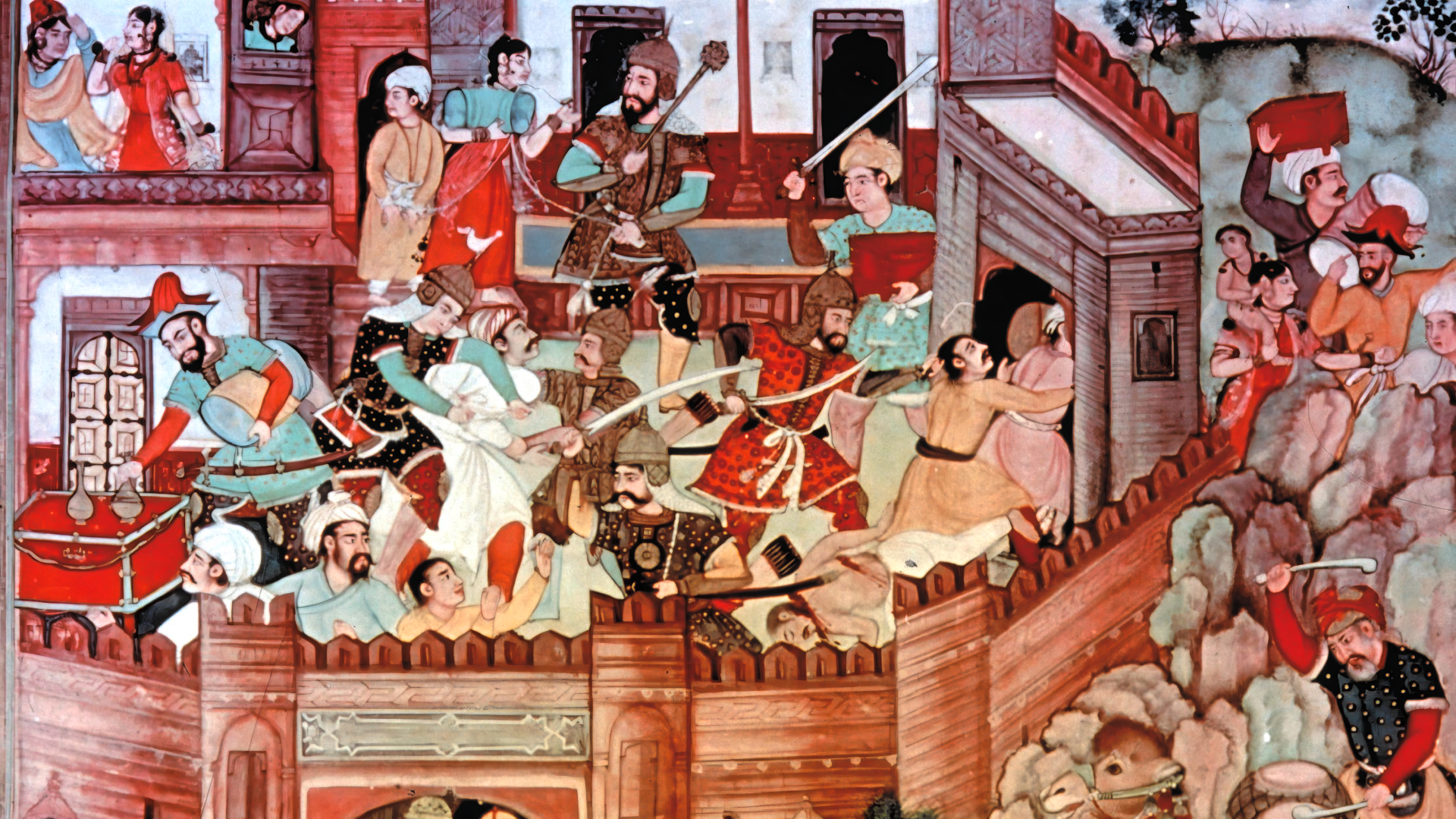
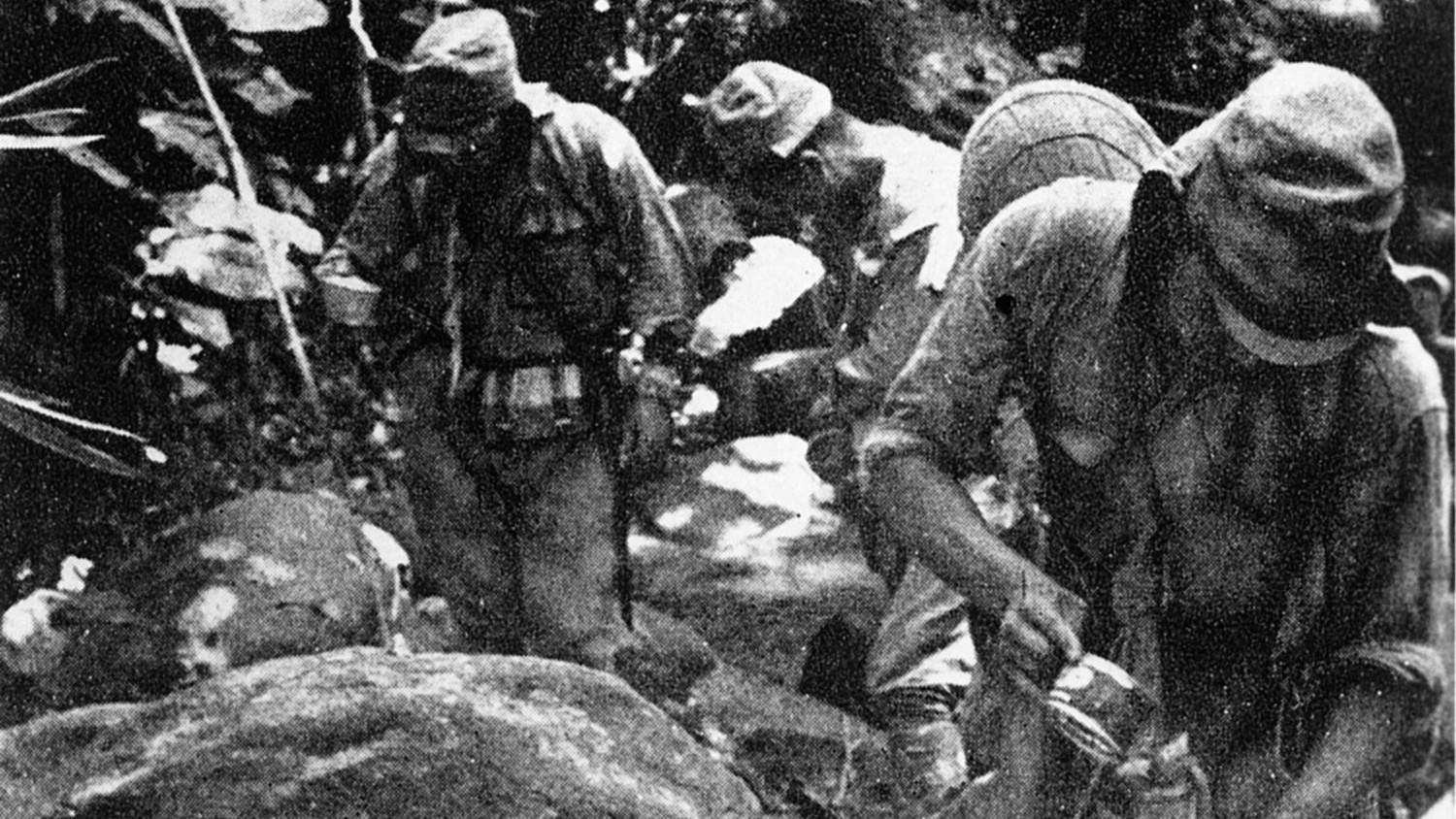
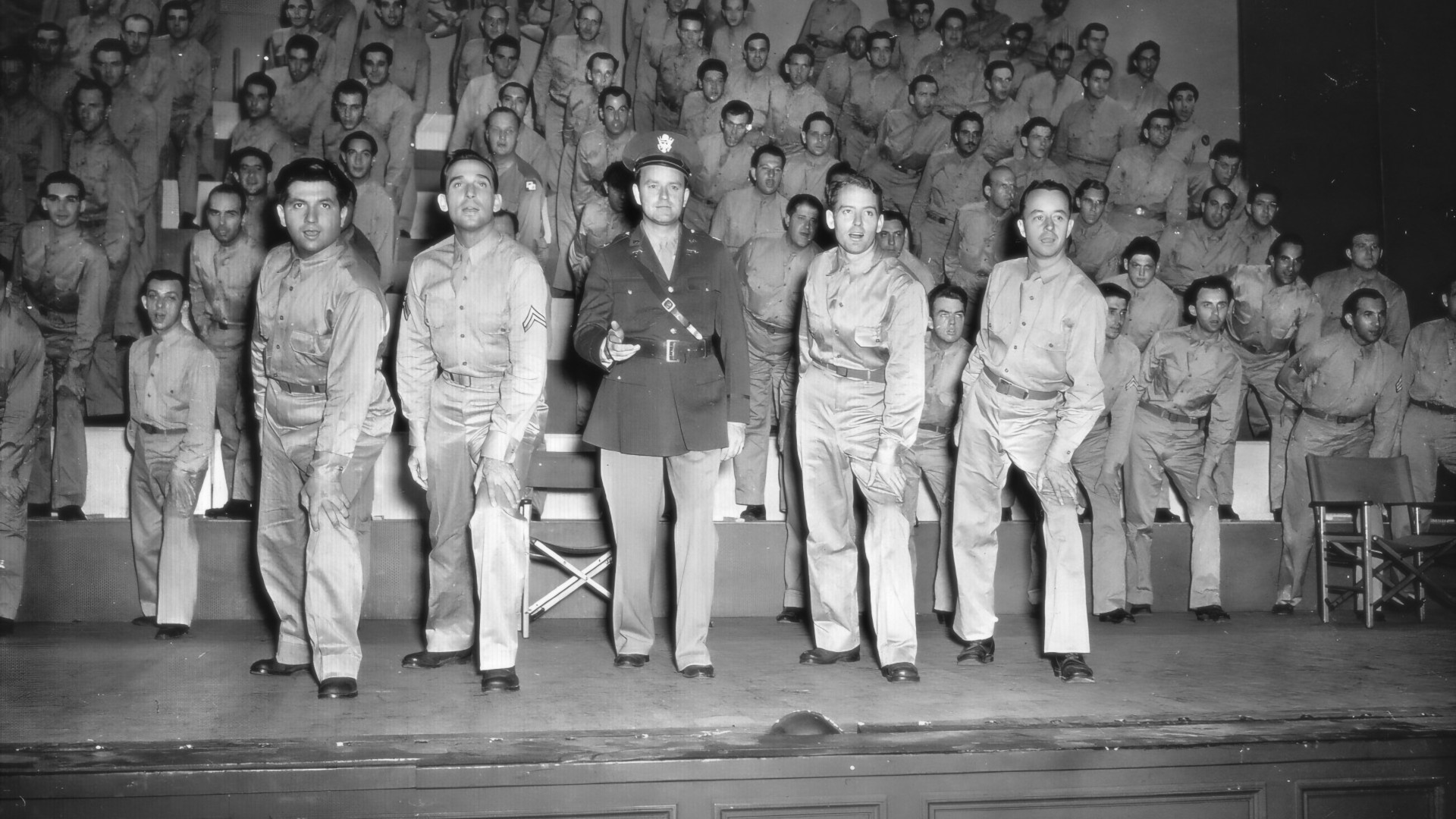
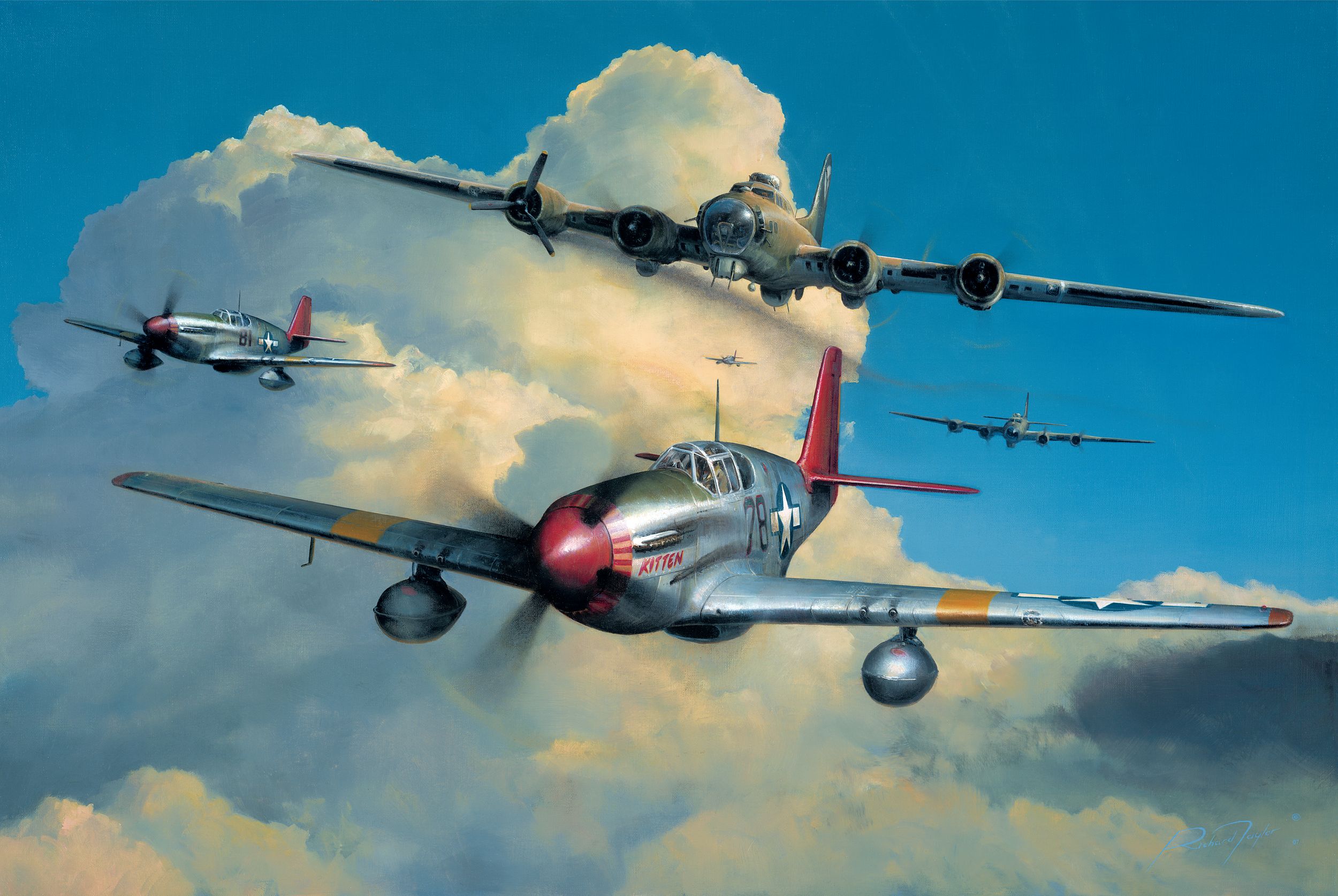
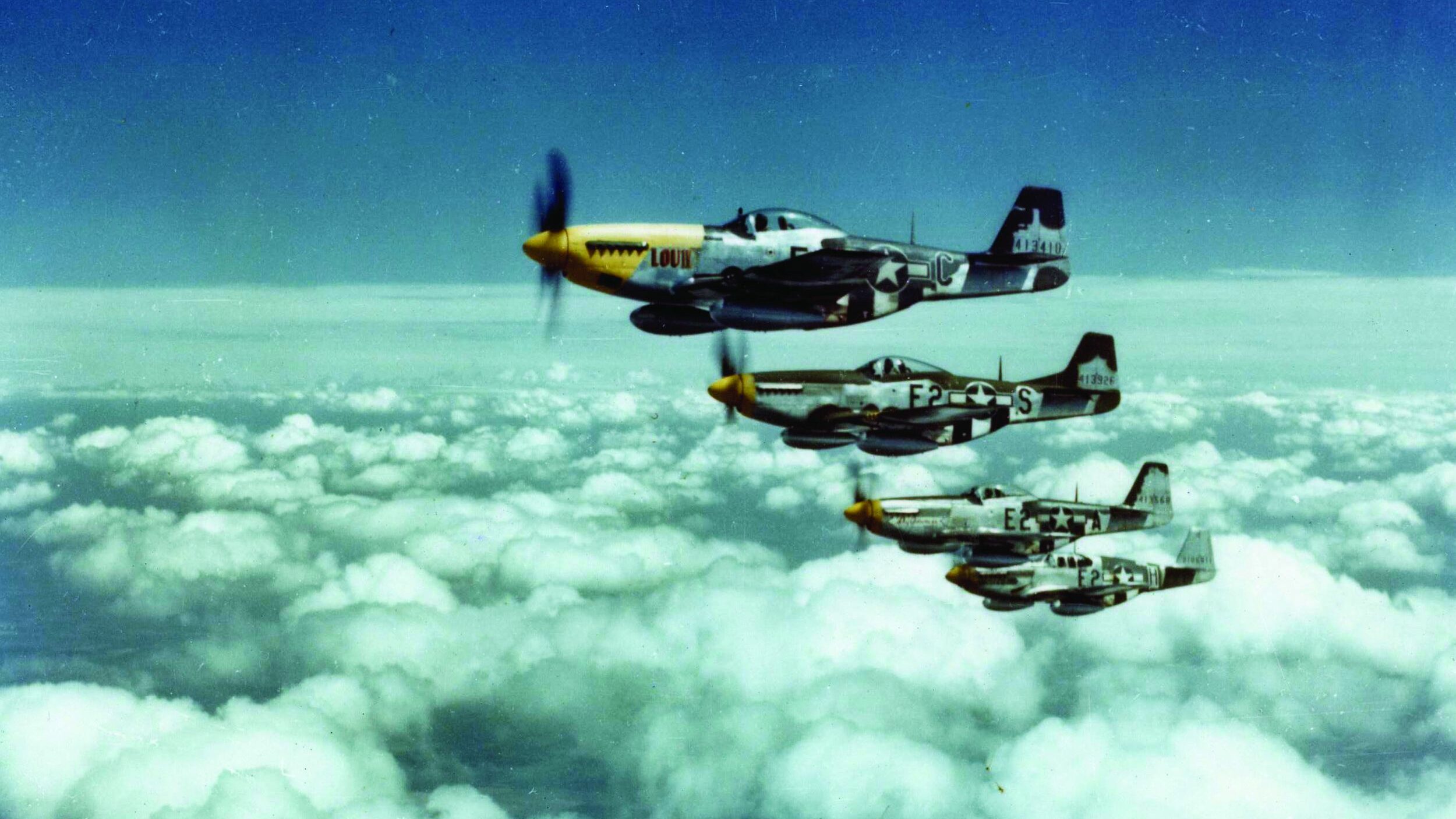
Join The Conversation
Comments
View All Comments